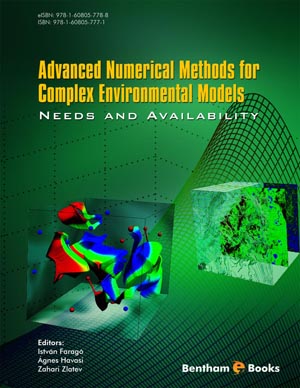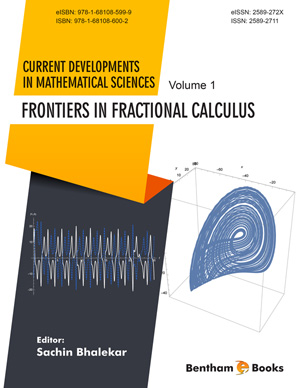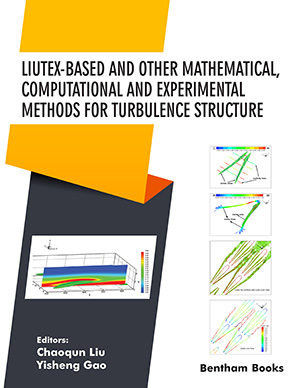Abstract
Transversal and diverging waves, return flows, propeller induced jet flows,
and other hydrodynamic effects induced by a floating object may cause significant
movement and/or suspension of bottom and bank sediments in the marine
environment, especially in approach channels. Using the CFD (Computational Fluid
Dynamics) process, the hydro-morphodynamic effects induced by a non-powered
floating object navigating in an approach channel are investigated in this study. The
approach channel dimensions depth, width, and channel slope are determined
according to PIANC (2014) [1]. The floating object locations and velocities are used
in nine different scenarios. In these cases, the floating object is 0.90, 1.10, and 1.30
meters from the bottom of the approach channel, respectively. According to the
findings, when the floating object is located nearest to the bottom and its speed is
fastest, there is a significant amount of sediment suspension and sediment movement
in the channel slope, which is mostly attributed to super-critical return flows. When
the floating object is farthest from the channel bottom and the floating object speed is
lowest, however, there is a noticeable reduction in the acceleration and suspension of
the sediment. As a result, the velocity and location of the floating object, channel
slope, the kinematics of ship-generated waves, and particularly the return flows are
found to have a significant impact on sediment movement and suspension.
Keywords: CFD, Floating object, Hydrodynamic, Morphodynamic, Sediment suspension, Sediment transport












